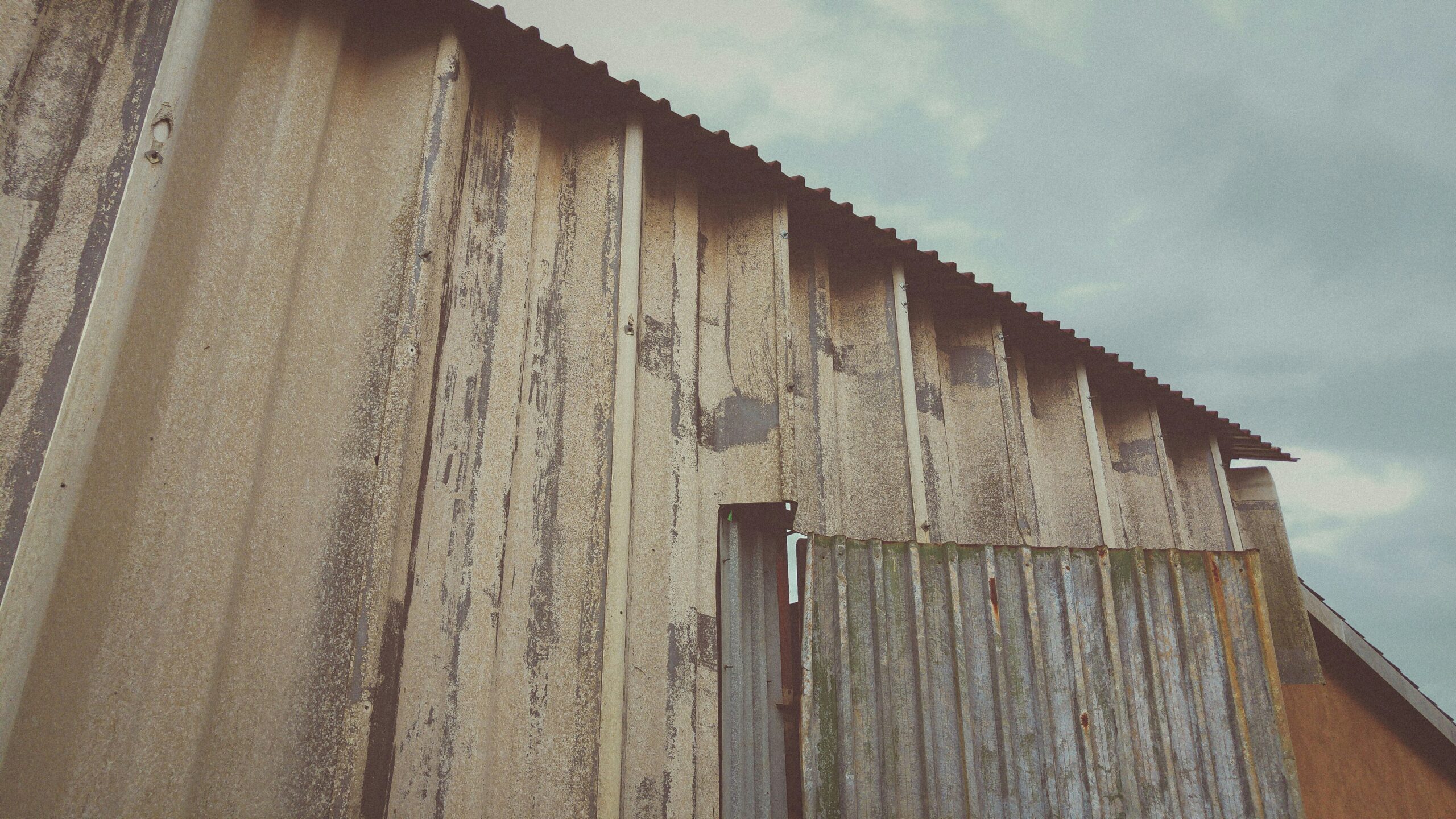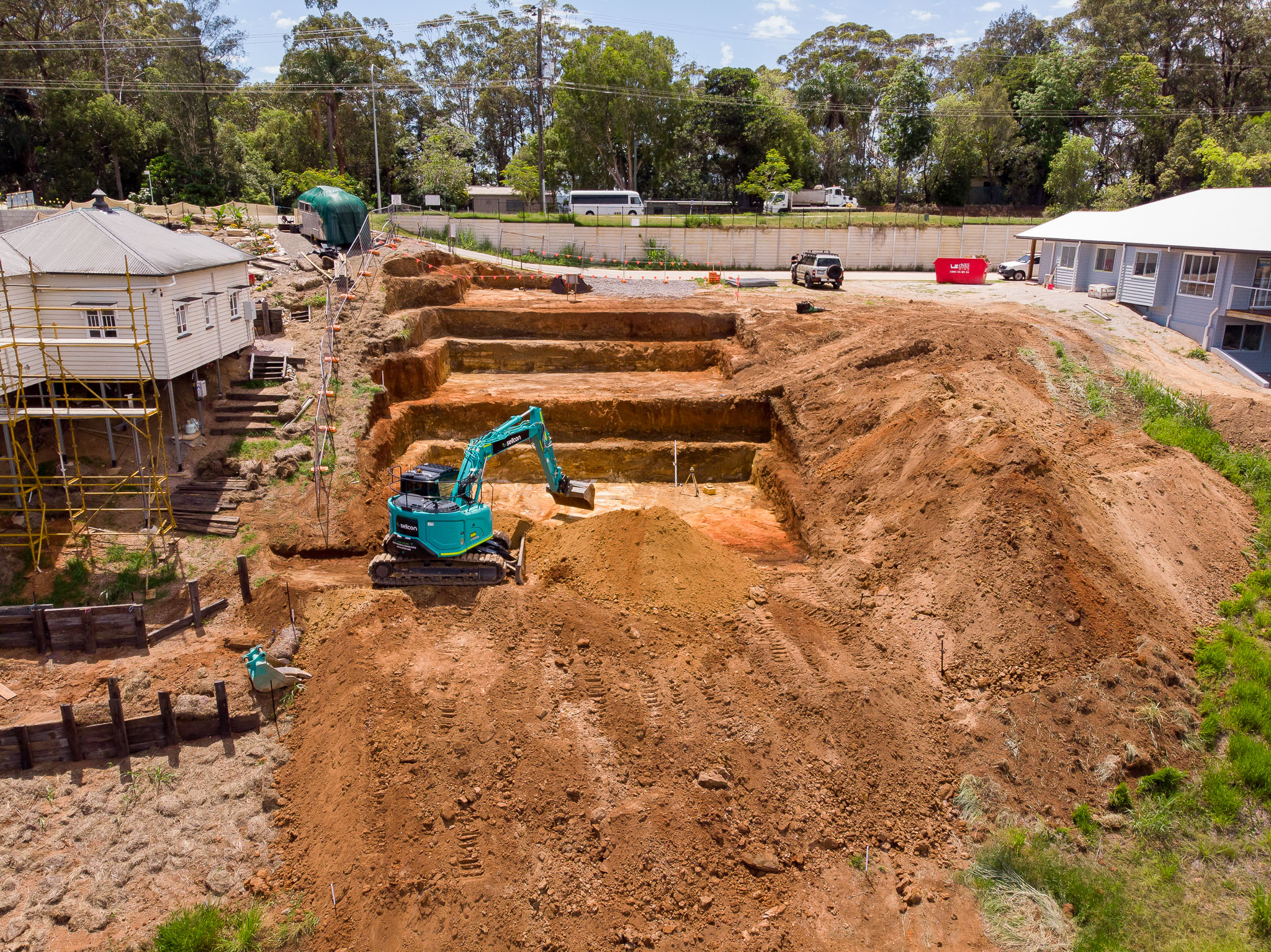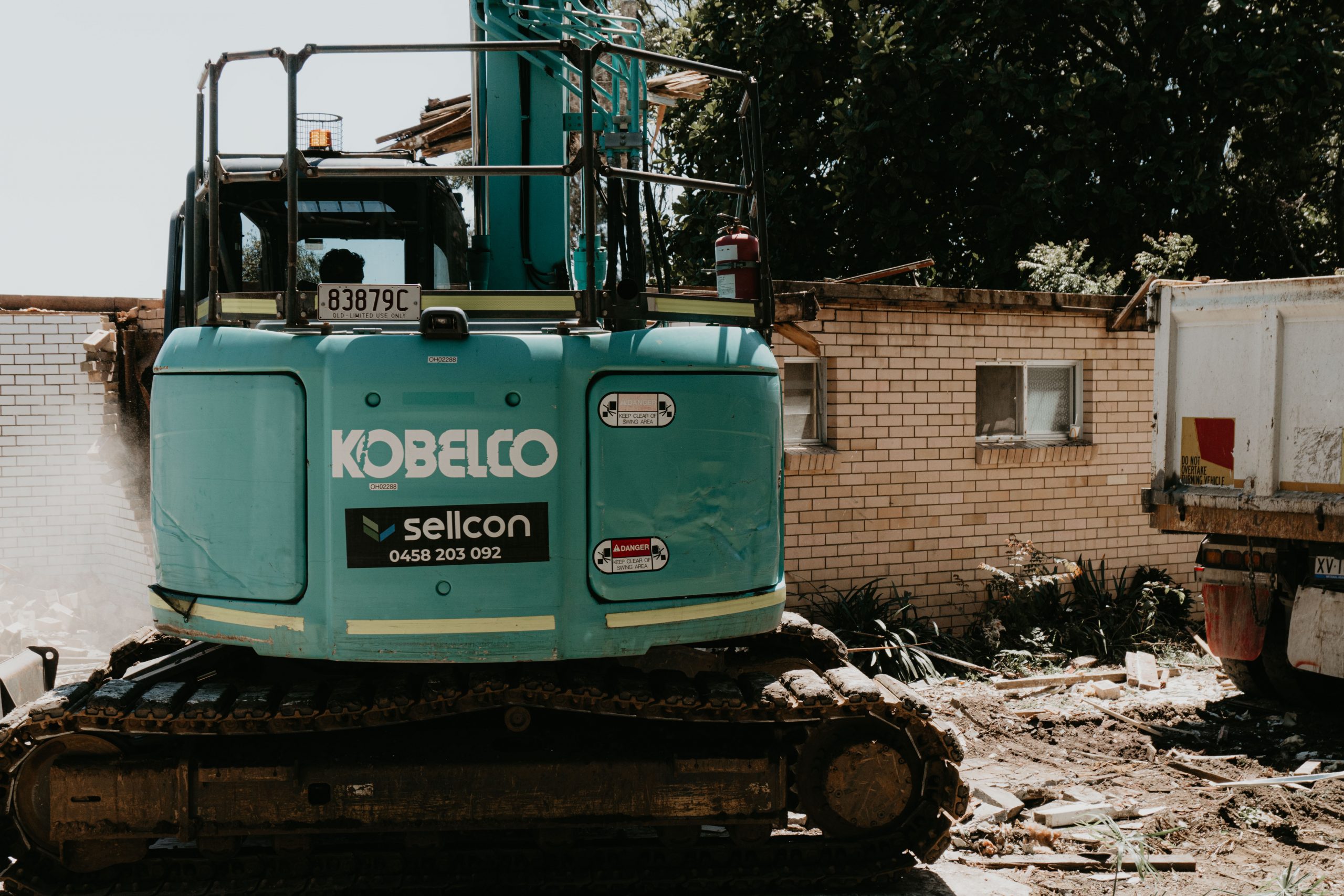Demolition can sound like a relatively straightforward job. And, in many ways, it is. And…

The Difference Between Friable & Non-Friable Asbestos
Heard the terms ‘friable’ and ‘non-friable’ asbestos being thrown around? You’re not alone. These words pop up in nearly every conversation about asbestos removal – particularly in rebuilds & renovations – and there’s good reason for that.
Let’s cut straight to the chase. Friable asbestos crumbles easily in your hand – think old pipe insulation or loose-fill material in your roof space. Non-friable asbestos? That’s the tough stuff, where fibres are locked tight in materials like asbestos cement sheeting and other asbestos cement products. The difference between each type of asbestos could mean the difference between a straightforward removal job and one that needs special attention.
Here at Sellcon, we’ve tackled both types in countless Queensland homes. Trust us – knowing which type you’re dealing with matters more than you might think. Ready to learn the ins and outs of both? Let’s dive into what you really need to know about these two very different materials.
Understanding Asbestos Composition
You’re probably already aware of the health risk for people who inhale asbestos fibres – lung disease, lung cancer and many breathing issues – and this improved understanding has helped with improving asbestos regulations to minimise asbestos exposure and human health risks. But asbestos awareness goes far beyond just knowing it’s dangerous – the more you know, the better.
Think asbestos is just one material? Think again. There are actually six different types of these silicate minerals. Through countless demolition jobs across Queensland, we’ve learned to spot the difference between the two main families: serpentine and amphibole asbestos.
Basic structure of asbestos fibres
Here’s something that might surprise you – not all asbestos fibres look the same under a microscope. Take chrysotile, the most common type that makes up 95% of what we find in buildings. Picture a curly strand of hair – that’s how chrysotile looks under a microscope. These asbestos fibres are incredibly tiny (about 0.025 micro-metres across). The other type, called amphibole asbestos, looks more like tiny needles.
Chemical properties and characteristics
Want to know why builders couldn’t resist using asbestos? The stuff seemed almost magical:
- Laughed in the face of fire and heat
- Shrugged off most chemicals
- Strong as steel cables
- Kept buildings snug and warm
- Wouldn’t conduct electricity
Historical uses in construction
The love affair with asbestos really kicked off between the 1940s and 1970s. Back then, it seemed like the perfect building material. Builders couldn’t get enough of it, especially for fireproofing. You’d find it everywhere:
- Wrapped around pipes and stuffed in walls for thermal insulation
- Sprayed onto steel beams to stop fire spread
- Mixed into roofing and flooring materials
- Packed into electrical panels
Believe it or not, that’s not even close to every use. Manufacturers managed to squeeze asbestos into more than 3,000 different products. Pretty impressive stuff – until we learned the hard way about those microscopic fibres floating through the air. That’s when the penny dropped about just how dangerous this wonder material could be.
Defining Friable vs Non-Friable
Let’s talk about the elephant in the room – what exactly makes asbestos ‘friable’ or ‘non-friable’? Through decades of demolition work across Queensland homes, we know these differences matter more than most people realise.
Key characteristics of friable asbestos
Friable asbestos material is the tricky one. Give it a gentle squeeze and it’ll crumble like an old biscuit. Some of the nastiest stuff we’ve found in old Queensland buildings contains up to 100% pure asbestos fibres. Scary thought, right?
Here’s how you can spot friable asbestos:
- Feels soft and flaky to touch
- Falls apart easily and quickly
- Sends fibres flying at the slightest disturbance
NOTE: This needs the big guns – Class A licensed asbestos removalists only
Properties of non-friable asbestos
Non-friable asbestos? That’s a different beast altogether. It’s the tough one of the asbestos world – solid, rigid and not easily pushed around. It’s not uncommon to find asbestos all locked up tight in cement or resin in Queensland homes.
Material composition differences
The real difference boils down to how these materials are put together. Non-friable asbestos is like fibres trapped in concrete – they’re not going anywhere without a fight. But here’s the kicker – even the tough stuff can turn nasty over time.
All of these can lead to issues:
- Water damage (and we get plenty of that in Queensland)
- Regular shaking and vibration
- Hard knocks and impacts
- Simply the passing of time
Sure, non-friable asbestos might seem safer when it’s sitting quietly, but don’t let that fool you. Both types need proper respect and careful handling. Take it from us – we’ve seen enough dodgy DIY jobs gone wrong to know better.
Common Locations and Applications
Ready for a really horrible treasure hunt? That’s what asbestos spotting feels like sometimes. Fortunately, after pulling down hundreds of Queensland buildings, we’ve got a pretty good map of where this stuff likes to hide.
Typical friable asbestos products
The dangerous, crumbly stuff has been lurking in commercial buildings since the late 1800s. Some of these materials are pure trouble – up to 100% asbestos. Keep your eyes peeled for:
- Fluffy pipe wrapping and boiler jackets
- Sprayed-on fireproofing on steel beams
- Spongey soundproofing on walls
- That dusty stuff in your roof cavity
Common non-friable materials
The tough stuff’s a different story. These materials only pack about 15% asbestos, but they’re everywhere in Queensland homes. Look around – you might spot it in:
- Fibro sheets
- Grey roof sheets and drainpipes
- Speckled vinyl floor tiles
- Window putty that’s seen better days
- Black waterproofing gunk on flat roofs
Where to expect each type
Location’s a dead giveaway. Walk into an old factory and you’ll likely find friable asbestos doing the fireproofing and soundproofing. Pop into any pre-1990 Queensland home and you’ll spot non-friable materials in the walls, above your head and under your feet.
Here’s the tricky bit though – that solid asbestos doesn’t always stay solid. Watch out when:
- Our Queensland weather’s had a go at it
- It’s copped a spray of chemicals
- A good chunk of time has passed
Ever seen old fibro sheets that’ve been catching chemical spray for years? They turns from tough to crumbly in no time at all. That’s why we treat every bit of asbestos with the same healthy respect, no matter what type it started as.
Identification Methods and Testing
Spotting asbestos isn’t a game of guess work. Your eyes and nose won’t tell you what’s hiding in those old building materials.
Visual identification techniques
Our trained eyes start with a thorough once-over of the suspect materials. Old Queensland buildings from the 1940s to 1980s often came with warning labels. Mind you – plenty of asbestos-containing materials never wore a warning badge.
Professional assessment procedures
Queensland safety laws are crystal clear on this one – only qualified professionals should handle asbestos inspections. These experts need more than just a keen eye:
- Solid knowledge of building methods and materials
- Sharp skills in spotting potential asbestos
- Proper sampling know-how
- Expert judgement on material conditions
Laboratory testing protocols
The only way to be dead certain? Lab testing. We work with three main testing methods:
- Phase Contrast Microscopy (PCM): Spots fibres bigger than 5 micro-metres
- Transmission Electron Microscopy (TEM): Catches the tiny stuff and tells us exactly what type we’re dealing with
- Scanning Electron Microscopy (SEM): Shows us fibres thicker than 0.2 micro-metres
NATA accredited labs give us the most trustworthy results. Different materials need different handling – non-friable samples go straight into sealed containers. Those crumbly friable materials like old pipe lagging? They need special containment gear before we’ll even think about touching them.
Time does funny things to building materials in our Queensland climate. Proper testing tells us not just what we’re dealing with, but how dangerous it might be. That’s the kind of knowledge that keeps everyone safe when the demolition starts.
Moving Forward
Friable or non-friable – both types of asbestos demand proper respect. Sure, those solid fibro sheets might seem harmless compared to loose insulation, but Queensland’s harsh climate can turn tough materials crumbly over time. That’s why proper testing and professional assessment matter, no matter what type you’re dealing with.
Safety isn’t just a buzzword for us – it’s how we’ve handled countless asbestos jobs across Queensland. Lab testing tells us exactly what we’re up against and how to tackle it safely. Loose, crumbly asbestos needs immediate action, while those solid sheets and tiles need regular checks to catch any warning signs.
Ready to tackle that asbestos problem? Don’t leave it to chance. Call Sellcon today for straight talk from Queensland’s demolition experts and get your free quote. Whether it’s old pipe lagging or weathered fibro sheets, we’ll make sure your asbestos gets handled right. Your family’s health and property value deserve nothing less.



